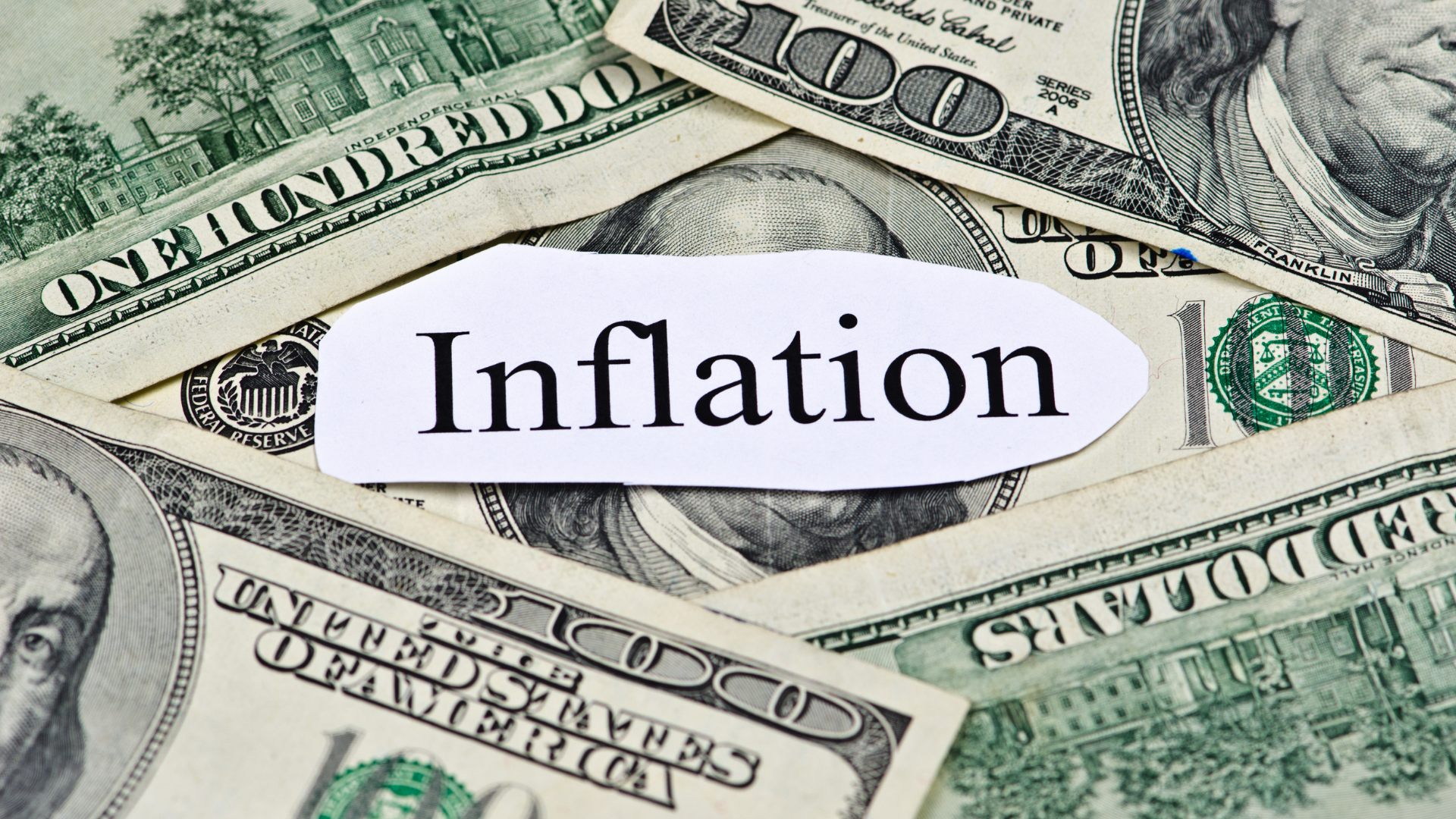Introduction: Inflation, the gradual increase in the general price level of goods and services, is a significant economic factor that can have a profound impact on personal finances. This article delves into the intricate relationship between inflation, personal savings, and investments, unveiling the dynamics that individuals need to understand to navigate the ever-changing financial landscape.
Understanding the Basics of Inflation:
Inflation is a natural economic phenomenon, and comprehending its basics is crucial for individuals seeking to safeguard their financial well-being. As prices for goods and services rise over time, the purchasing power of currency diminishes. This erosion of purchasing power is the essence of inflation and has implications for personal savings and investment strategies.
The Impact of Inflation on Savings:
Inflation exerts a direct influence on personal savings. When the rate of inflation surpasses the interest earned on savings, the real value of those savings diminishes. This erosion of purchasing power means that the same amount of money can buy fewer goods and services in the future, emphasizing the need for proactive measures to mitigate its impact.
Savings in a Low-Interest Rate Environment:
In a low-interest rate environment, the impact of inflation on savings can be more pronounced. When interest rates fail to outpace the rate of inflation, savers may find that their money is not growing at a rate sufficient to maintain its real value. Individuals relying solely on traditional savings accounts may see their purchasing power erode over time.
Exploring Inflation-Adjusted Investments:
To counter the effects of inflation on savings, individuals can explore inflation-adjusted investments. These are investments designed to provide a real rate of return that outpaces inflation. Examples include Treasury Inflation-Protected Securities (TIPS) and certain types of inflation-indexed bonds, which adjust their value based on changes in the Consumer Price Index (CPI).
The Role of Asset Allocation in Mitigating Inflation Risk:
Strategic asset allocation plays a pivotal role in mitigating the impact of inflation on investments. Diversifying investments across asset classes that historically have shown resilience against inflation, such as equities, real estate, and commodities, can serve as an effective hedge. These assets have the potential to appreciate in value, providing a buffer against the eroding effects of inflation.
Real Estate as an Inflation Hedge:
Real estate is often considered a tangible asset with intrinsic inflation-hedging properties. As the value of real estate tends to appreciate over time, it can act as a store of value that aligns with or outpaces inflation rates. Real estate investments, particularly in well-chosen locations, may serve as a strategic component in an inflation-resistant portfolio.
Equities and Stocks in Inflationary Environments:
Equities, or stocks, have historically demonstrated resilience in inflationary environments. Companies with strong fundamentals and pricing power may be able to pass on increased costs to consumers, leading to potential stock price appreciation. Investing in well-established companies with a track record of navigating inflationary periods can be part of a strategic approach.
The Importance of Regular Portfolio Review:
In the face of dynamic economic conditions, regular portfolio review becomes paramount. Periodic assessments allow individuals to adjust their investment strategies based on prevailing economic factors, including inflation expectations. This proactive approach ensures that the investment portfolio remains resilient and aligned with long-term financial goals.
Employing Inflation-Indexed Annuities for Retirement Planning:
Inflation-indexed annuities provide a unique solution for individuals planning for retirement. These financial products offer regular income payments adjusted to inflation, providing retirees with a degree of protection against the rising cost of living. Incorporating such instruments into retirement planning can help individuals maintain their purchasing power in the face of inflation.
Strategies for Preserving Purchasing Power:
Preserving purchasing power in the midst of inflation requires a combination of strategic decisions. This includes a mix of inflation-adjusted investments, diversification, and an awareness of the impact of inflation on various financial instruments. Staying informed about economic indicators and adjusting financial strategies accordingly enhances an individual’s ability to navigate inflationary periods.
Conclusion: Navigating the Inflationary Landscape:
In conclusion, understanding the impact of inflation on personal savings and investments is essential for individuals aspiring to build and preserve wealth. From the erosion of purchasing power on savings to strategic investment choices that hedge against inflation, navigating the inflationary landscape requires a proactive and informed approach. By incorporating inflation-resistant strategies, individuals can not only mitigate the adverse effects of rising prices but also position themselves for long-term financial success in a dynamic economic environment.















